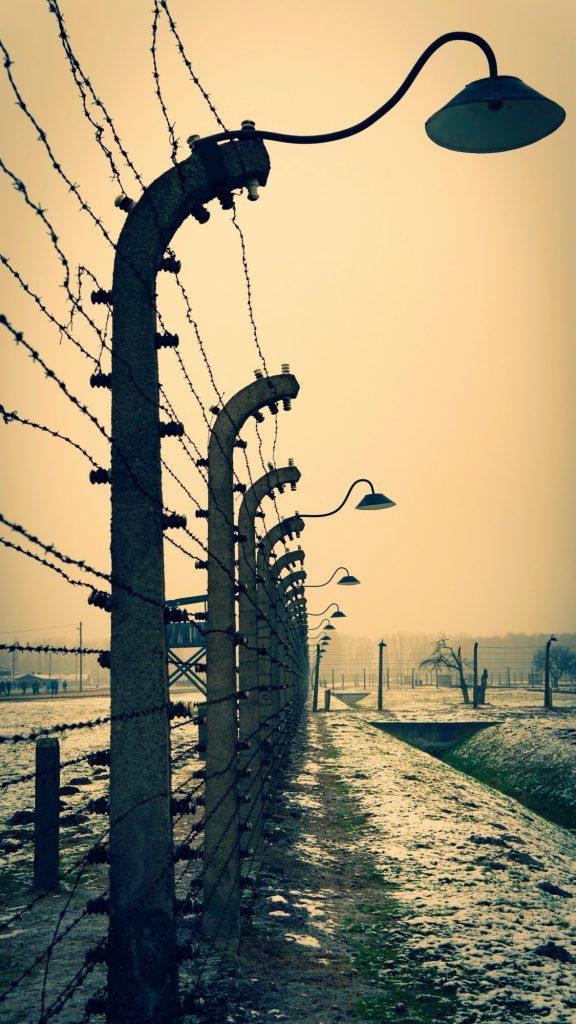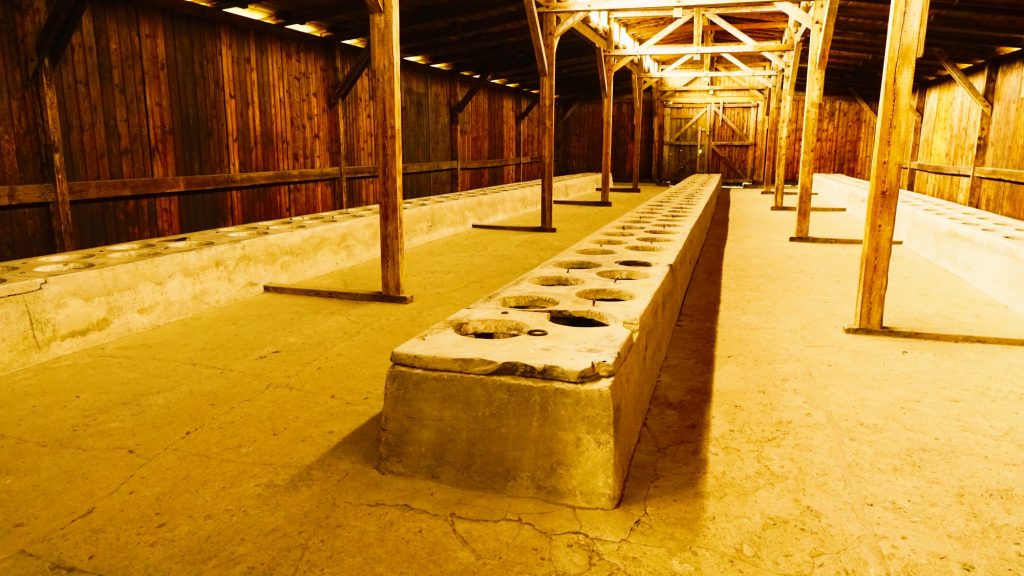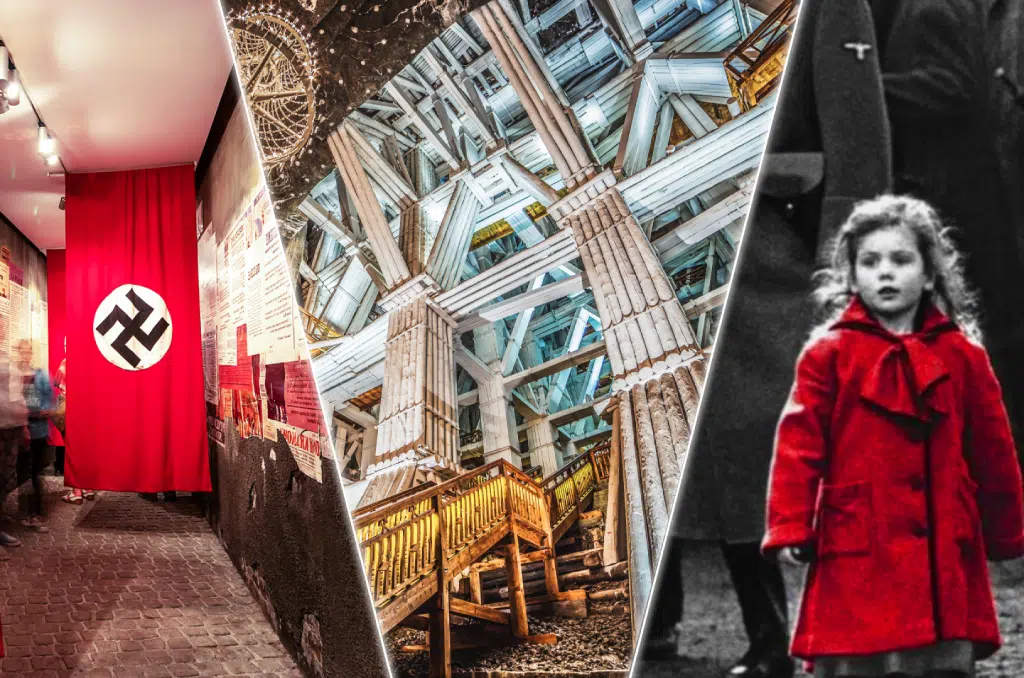The significance of concentration and extermination camps
The history of the Auschwitz-Birkenau Nazi concentration camp is one of the worst reminders of the drama that man has inflicted on man. The Holocaust and the gas chambers, where over a million people lost their lives, cannot be erased from memory. Years of Nazi propaganda and a lot of contradictory information that appeared after the war did not reflect the true history of the time of extermination. There is no doubt that it is necessary to educate the youth about the camps and enable them to learn about the fate of people in the 1940s. A visit to the Auschwitz memorial is an important history lesson that each of us should go through. We will not bring back the lives of the victims of Nazism, but we can pay tribute to them.
Deportations to Auschwitz

The Nazis ordered the construction of the camp in southern Poland, in the small town of Oświęcim. Work on the Auschwitz complex began as early as 1941. The prison was rectangular, with a huge area reaching 140 hectares. It also quickly became clear that it would be the largest of the German Nazi camps. There was also an administrative division into Auschwitz I, Auschwitz II and Auschwitz III.
People were sent to Auschwitz regardless of their age, background or material situation. Initially, political opponents, soviet prisoners of war and enemies of the Nazi regime were sent there. However, as the Holocaust progressed, more and more Jews began to appear there. Already in 1942, they were the largest group housed in the death camp.
People deported to Auschwitz or Birkenau were transported in freight cars. The Nazis organized trains to concentration camps, which were overcrowded to the maximum. Many people did not survive the trip. Upon arrival, there was a selection process. Elderly or sickly people were sent directly to the gas chambers.
The youth usually began gruelling work, in hunger and dire conditions. Prisoners died of starvation, and exhaustion often also as a consequence of hypothermia. The gas chambers and crematoria were their greatest fear.
Life and death in Auschwitz
Hunger, gruelling work and medical experiments
Life in the labour camp was a constant struggle for survival. Hunger and malnutrition-related illnesses prevented prisoners from functioning normally. The concentration and extermination centres also constantly hosted Nazi doctors who conducted cruel experiments on people. The infamous history of Auschwitz includes Joseph Mengele, who was also known as the “Angel of Death.” His research was based mainly on genetic anomalies. Work in the camp lasted up to a dozen hours a day, regardless of the season and weather conditions.
Camp life can best be illustrated by photos.
Victims of the concentration camp
How many people lost their lives at Auschwitz? Historians disagree on this. They base their assumptions mainly on meticulous estimates What is clear is that much of the documentation was destroyed during the liberation of Auschwitz in January 1945. The Nazi German concentration camp was in the process of being liquidated at the time. The SS tried at all costs to erase the traces of the crime they had committed. When the Soviet army entered Auschwitz it found only a few thousand people.


However, there is no doubt that the Nazi extermination of the Jews was carried out on a massive scale. At this point, it is known that at least one million people died at Auschwitz. Some researchers, however, increase this number by up to several times. The truth about the mass murder was concealed in Nazi Germany long after the war ended.
The camp system and nazi policy
The construction of the largest concentration camp was carefully thought out from the beginning. Auschwitz I housed the administration office, warehouse and workshops. It contained a roll-call square and places for administering public punishment to prisoners. In Auschwitz II (Birkenau), in turn, there were most of the barracks, crematoria and gas chambers.
Nazi extermination camps also had a cruel policy. Prisoners received different punishments even for the same offence. They were not allowed to share food, take breaks from work or even wear warmer clothes. Flogging often ended in death.
Auschwitz-Birkenau memorial and museum
There is no doubt, that the German nazi concentration and extermination camp was one of the most horrible places the world has ever seen. Education about the history of the 20th century, including the Holocaust, is crucial. Everyone should come to the memorial of the victims of Nazi ideology and learn the truth about this place.
At Krakowdirect, we offer you not only a convenient and fast ride to the Auschwitz-Birkenau museum but also a stress-free return. We’ll get you directly to your hotel door. It is worth mentioning that we drive only modern minivans, which combine functionality and comfort. Some of our tours also include meals – it’s worth checking our program regularly.
















